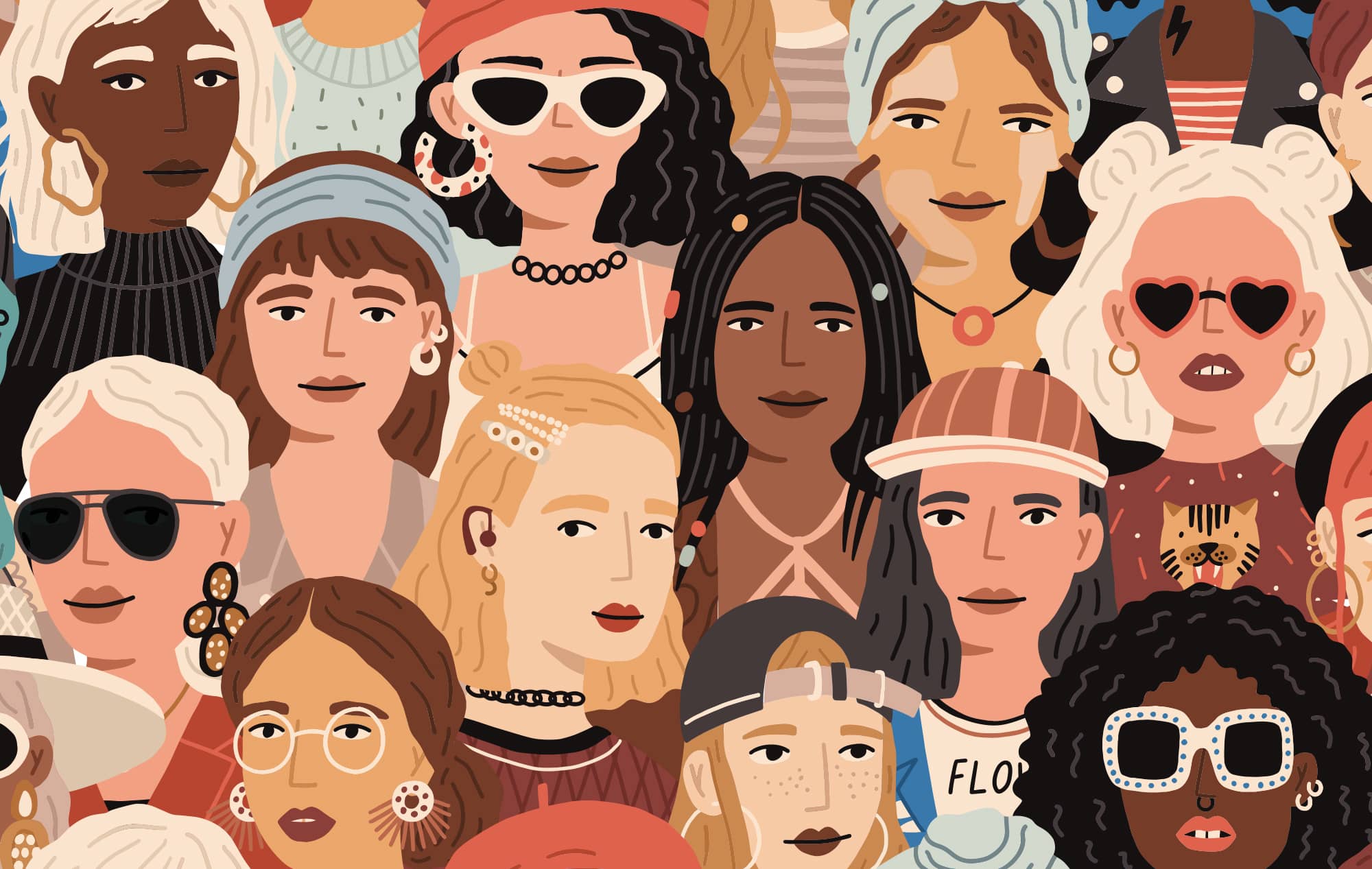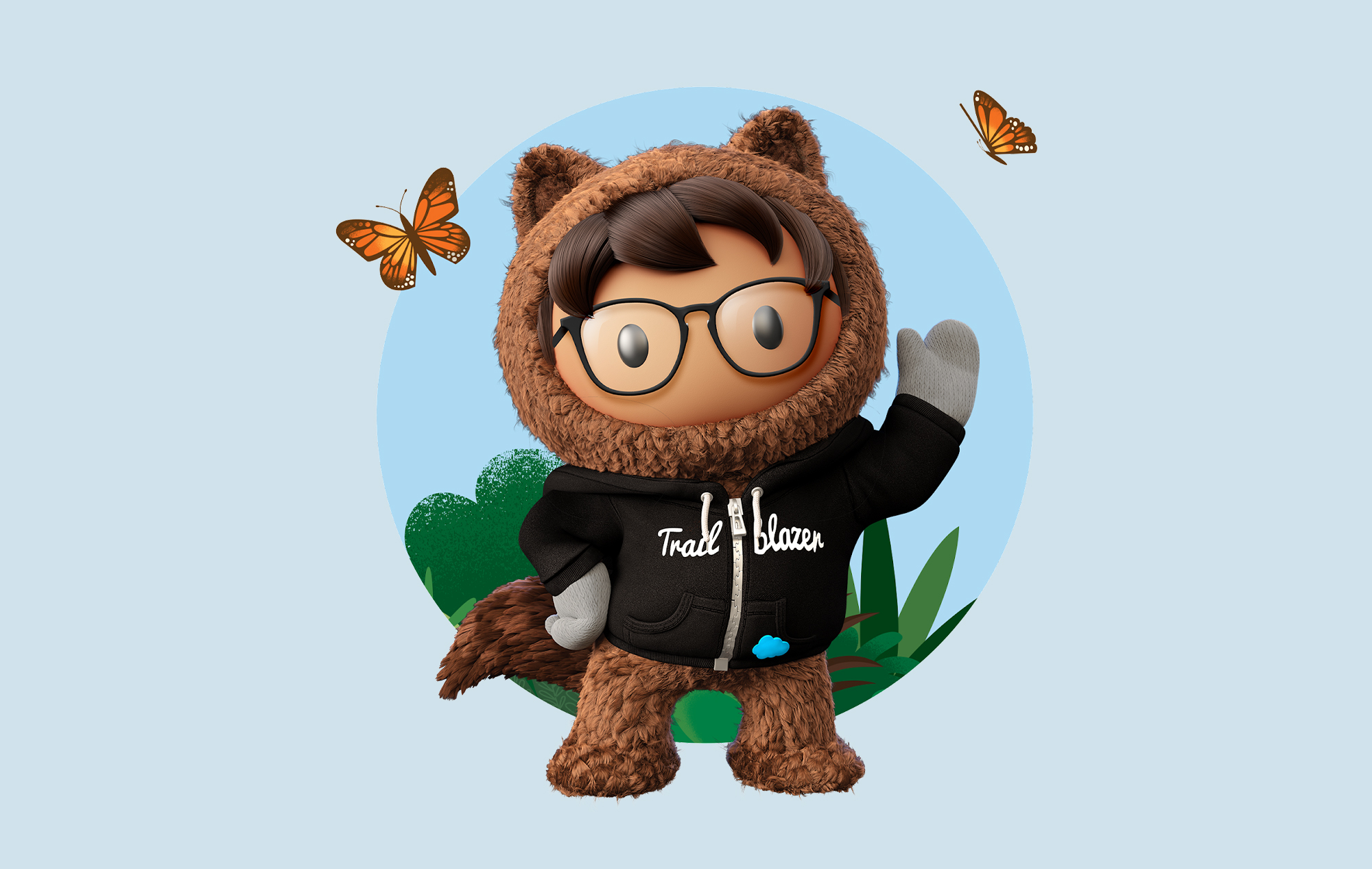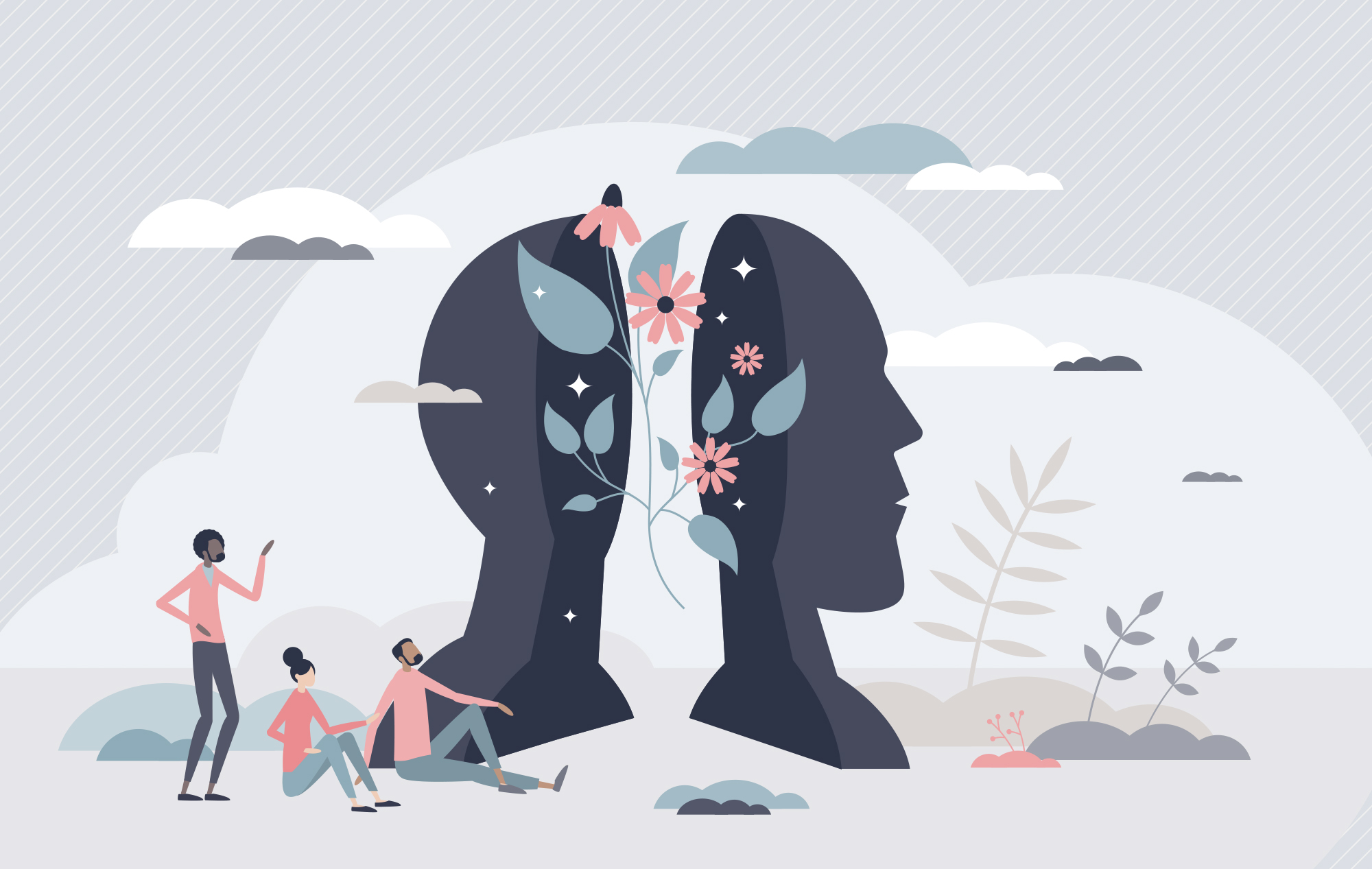Developing Inclusive Return-to-Office or Work-From-Home Policies
It is morally imperative that companies adopt inclusive return-to-work and work-from-home policies, including physically accessible workspaces and technologies, flexible work options, and awareness training.





















